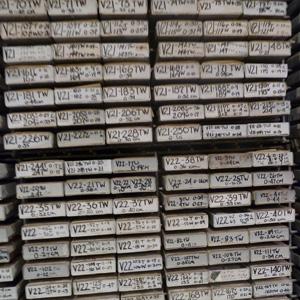Palaeoclimatology facts for kids
Palaeoclimatology (or palaeoclimatology) is the study of changes in climate over the entire history of Earth. Modern interest in climate change has caused a great increase in the climates of the past.
The climates of the past can only be studied by proxy. Data is got from rocks, sediments, ice and tree rings, corals, shells and microfossils. These records are used to work out the past states of the Earth's climate and its atmospheric system.
Studies of past changes in the life and ecosystems of the past may throw a light on the present. An example is the effect of climate on mass extinctions and the recovery of life after those extinctions.
Notable climate events in Earth history
Knowledge of precise climatic events decreases as the record goes further back in time. Some notable climate events:
- Faint young Sun
- Huronian glaciation (~2400 mya Earth completely covered in ice probably due to Great Oxygenation Event)
- Later Neoproterozoic Snowball Earth (~600 mya, precursor to the Cambrian Explosion)
- Carboniferous rainforest collapse (~300 mya)
- Permian–Triassic extinction event (251.4 mya)
- Oceanic Anoxic Events (~120 mya, 93 mya, and others)
- Cretaceous–Paleogene extinction event (66 mya)
- Paleocene–Eocene thermal maximum (Paleocene–Eocene, 55mya)
- Younger Dryas/The Big Freeze (~11 kya)
- Holocene climatic optimum (~7-3 kya)
- Climate changes of 535–536 AD
- Medieval warm period (900–1300)
- Little ice age (1300–1800)
Images for kids
-
Changes in oxygen-18 ratios over the last 500 million years, indicating environmental change
See also
 In Spanish: Paleoclimatología para niños
In Spanish: Paleoclimatología para niños





